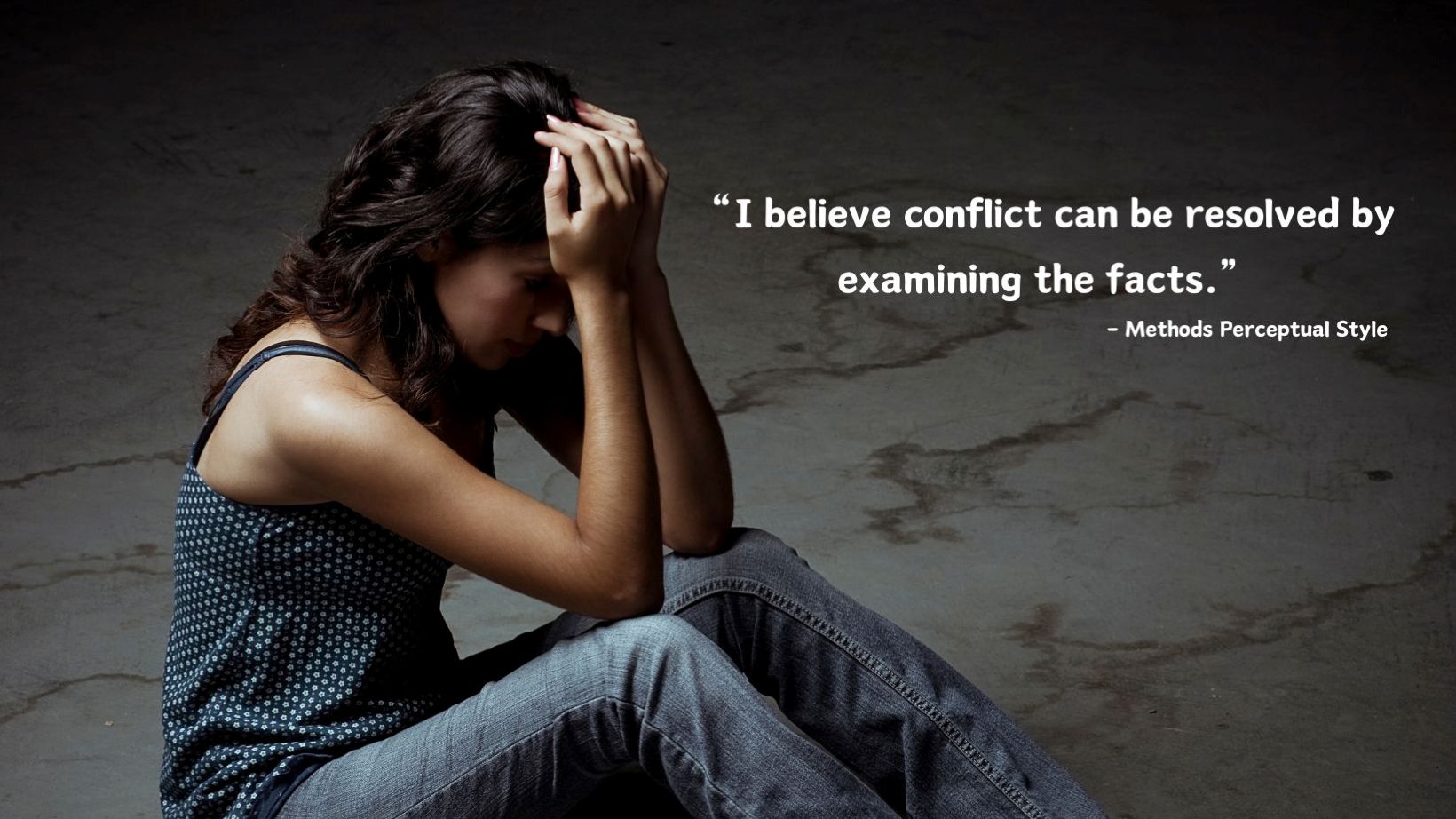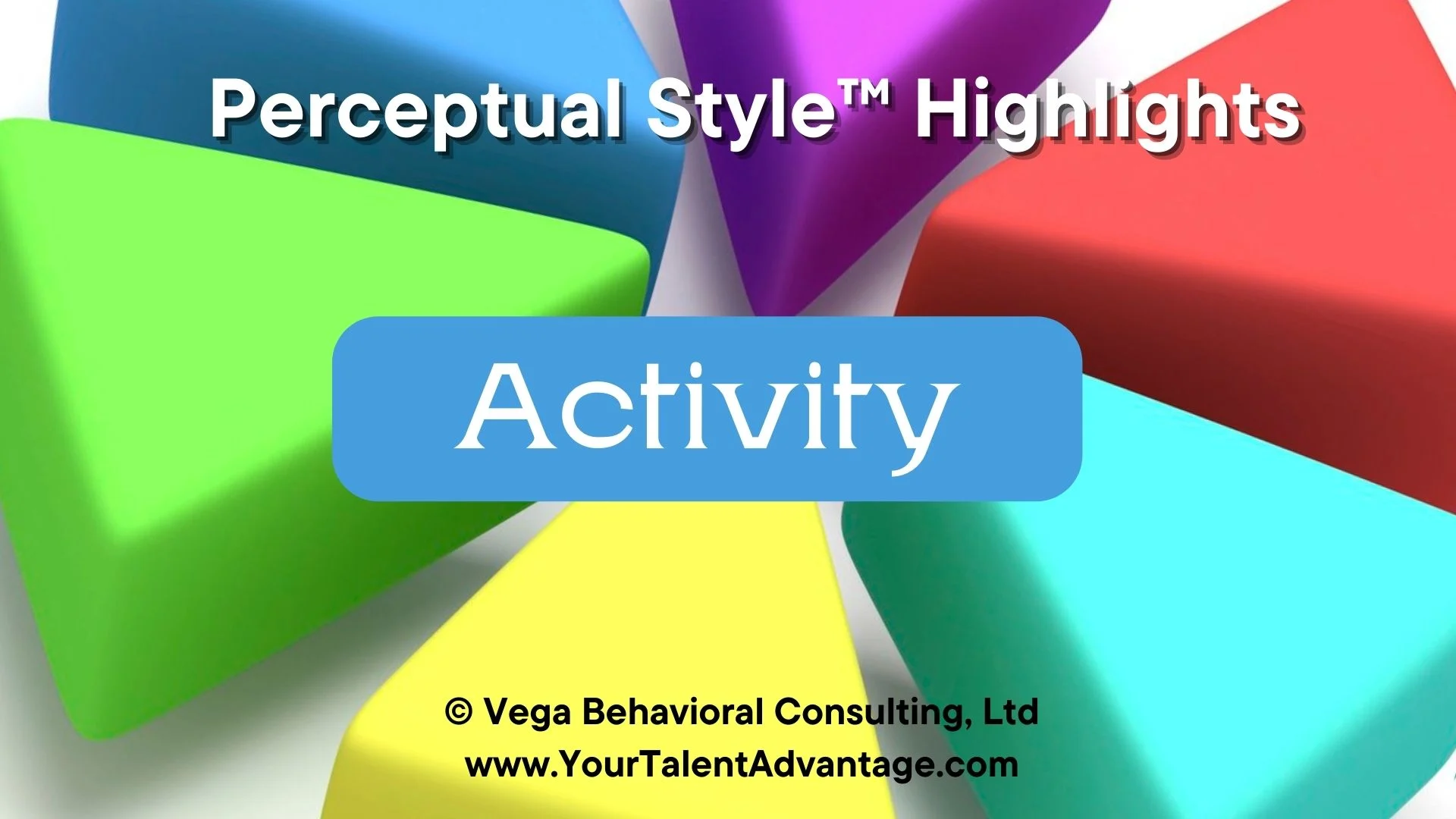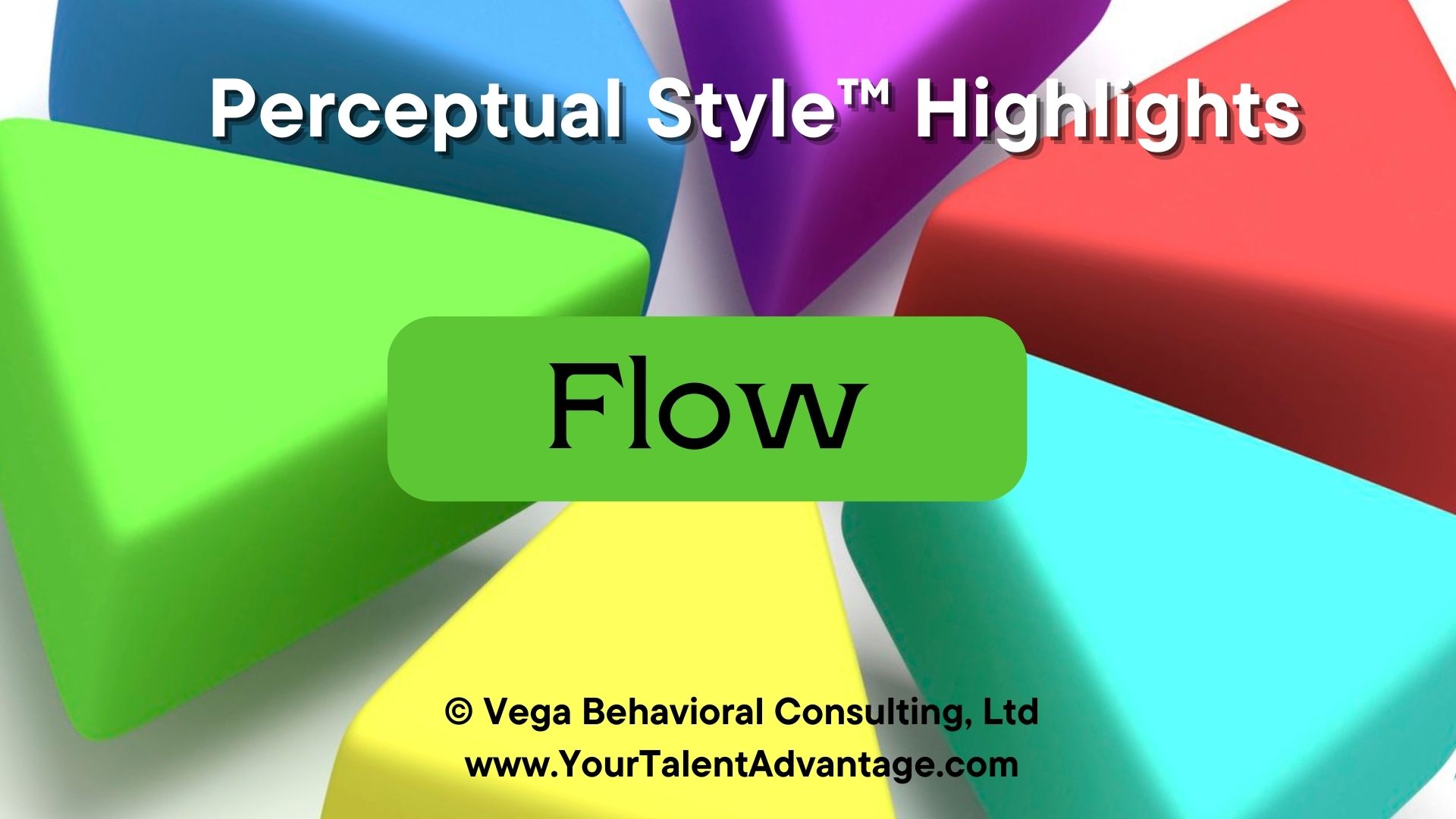Methods Perceptual Style and Conflict
Resolving Conflict Logically
Conflict is an inevitable part of life. From minor misunderstandings to significant disputes, how you handle conflict can shape your relationships and outcomes.
Here’s the key: your Perceptual Style influences how you approach and resolve conflict. If your style is Methods, you bring a logical, fact-driven approach that seeks to eliminate confusion and focus on practical solutions.
Why Understanding Conflict Matters

Conflict isn’t just about disagreements; it’s about understanding differences and finding common ground. When approached thoughtfully, conflict can:
-
Clarify misunderstandings through open dialogue.
-
Build trust by focusing on fairness and objectivity.
-
Promote collaboration through shared goals and mutual respect.
-
Prevent future issues by addressing root causes effectively.
Unresolved or poorly managed conflict can lead to frustration and wasted time. By leveraging your strengths, you can turn conflict into an opportunity to restore order and achieve practical outcomes.
How Methods People Experience Conflict
As someone with the Methods Perceptual Style, you view conflict as an unnecessary disruption that can be resolved through logic and objectivity. You believe that with the right facts and a practical mindset, disagreements can be quickly addressed. Here’s how you typically approach conflict:
-
Analyze the situation: You focus on gathering all relevant facts and identifying the core issues.
-
Promote objectivity: You aim to steer conversations away from emotions and personal biases.
-
Defuse tension: Your straightforward, unemotional approach helps de-escalate heated situations.
-
Seek efficiency: You prefer to resolve conflict quickly so you can refocus on productive activities.
Your ability to stay focused on facts and solutions makes you an invaluable problem solver in conflict situations.

Your Conflict Superpowers

Your unique strengths in conflict resolution make you a reliable and effective mediator. You excel at:
-
Clarifying issues: You cut through the noise to identify what truly matters.
-
Encouraging practicality: You guide discussions toward logical and achievable solutions.
-
Neutral mediation: Your ability to remain unbiased ensures that all sides feel heard and respected.
-
Resolving efficiently: You focus on outcomes that minimize wasted time and energy.
These strengths enable you to turn conflict into a structured and constructive process that benefits everyone involved.
Why Understanding Your Perceptual Style Matters
Conflict doesn’t have to derail progress. By understanding your Methods Perceptual Style, you can:
-
Leverage your logical approach to create effective resolutions.
-
Navigate disagreements with clarity and confidence.
-
Build stronger relationships by addressing issues fairly and objectively.
Awareness of your style equips you to approach conflict with a clear head and a focus on results, ensuring outcomes that work for all parties.

Take Action: Discover Your Perceptual Style

Stop letting conflict drain your energy and start using it as a way to create clarity and progress. The Perceptual Style Assessment provides insights to help you:
-
Claim your conflict-resolution strengths.
-
Learn how to handle disagreements with logic and efficiency.
-
Strengthen relationships through practical, solution-driven communication.
With the assessment, you’ll receive a personalized 45-page Celebrate You! action guide tailored to your Methods Perceptual Style Don’t wait — unlock your potential for resolving conflict today.
Explore Other Perceptual Styles and Conflict
Curious about how others approach disagreements? Each Perceptual Style brings unique strengths to conflict resolution:
Your journey doesn’t stop here. True mastery of conflict resolution comes from combining your strategic, future-focused strengths with an understanding of how others approach conflict. By understanding these diverse perspectives, you can build collaboration, streamline resolutions, and create outcomes that drive meaningful progress.
Curious to know more about each of the six Perceptual Styles?
To see a three minute presentation on a specific Perceptual Style, please click on the specific image below






